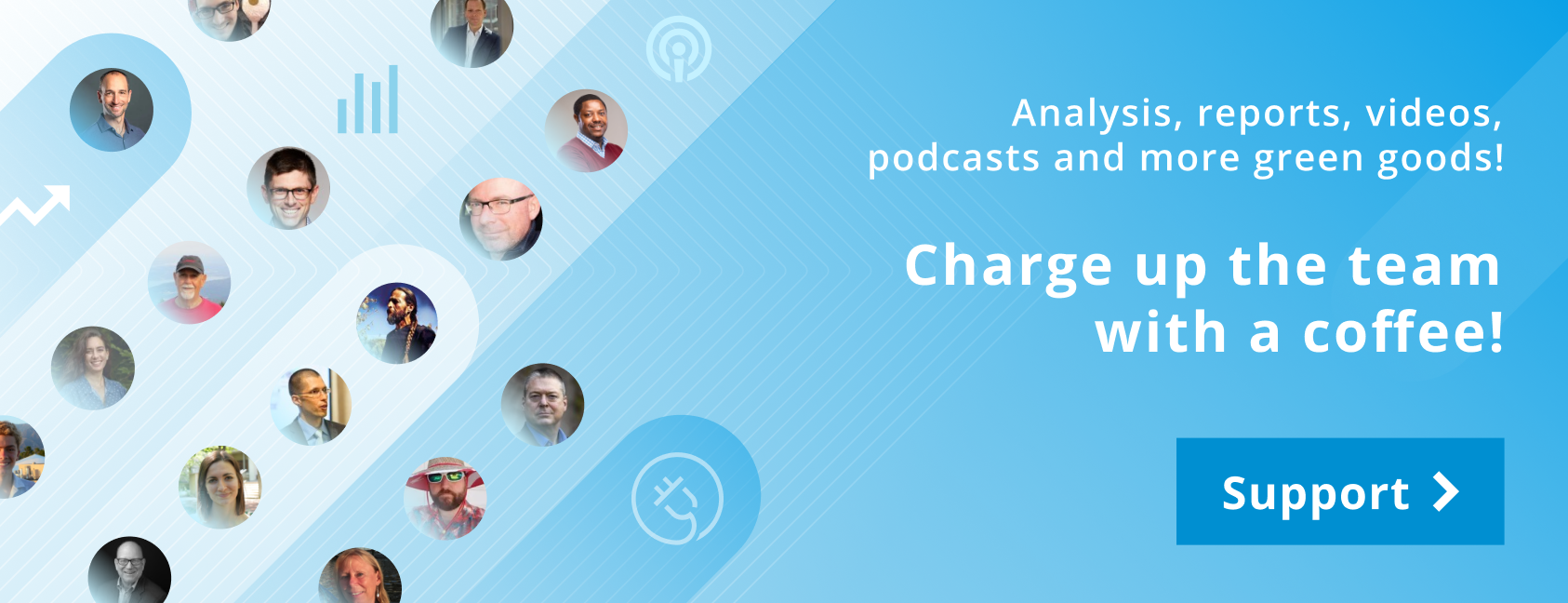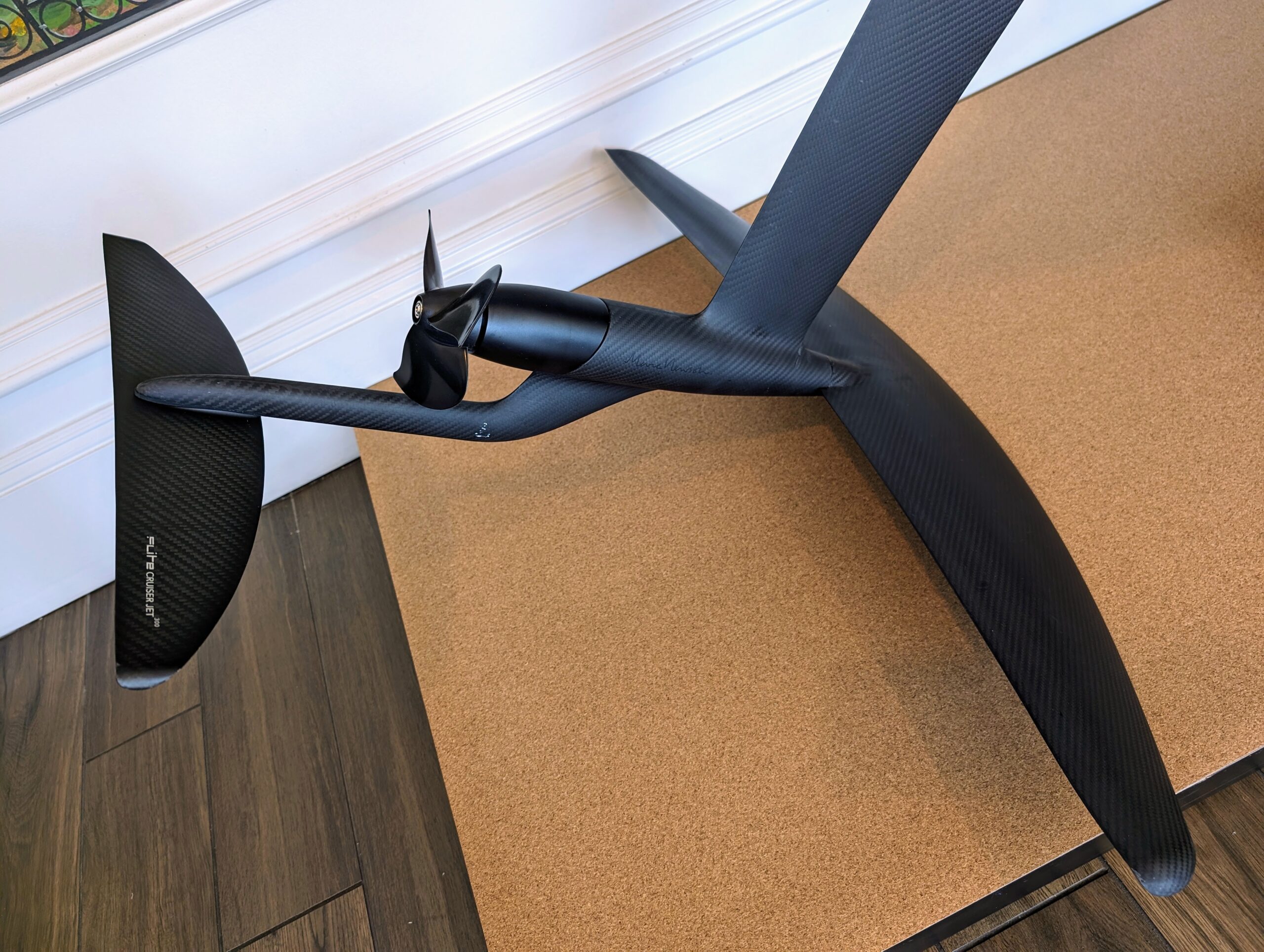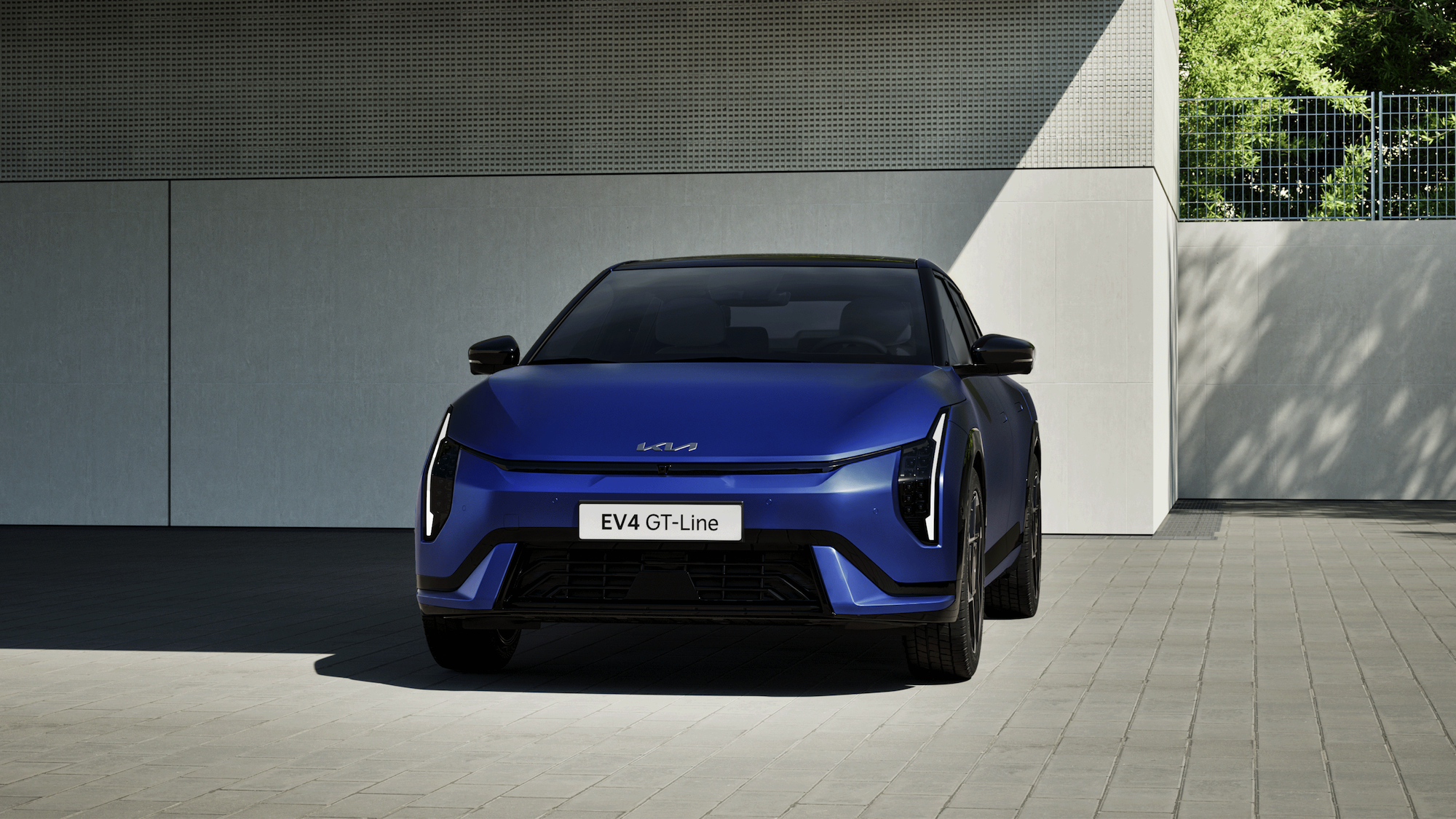
Coal power is still king in eastern Germany, but not for long. The German energy firm LEAG is launching a plan to develop up to 14 gigawatts’ worth of renewable energy in the region, transforming it into “Germany’s Green Powerhouse.” Green hydrogen is also lending a hand, along with an energy storage system based on new flow battery technology.
More Energy Storage For More Green Hydrogen
Plenty of ink has been spilled on the topic of flow batteries over the years, due to their promise of improved cost, lifespan, scale, duration, and safety compared to the lithium-ion battery arrays that are commonly used for storing energy from wind turbines and solar panels (see more CleanTechnica coverage here).
One of the flow battery innovators to come across the CleanTechnica radar is the US company ESS, Inc. Apparently it caught the eye of LEAG, too. ESS will deploy its iron flow battery technology as a key element in LEAG’s renewable energy plans, which currently call for a range of 7-14 gigawatts.
Energy storage is an enabler of wind and solar power, which in turn can be deployed to generate green hydrogen from water in an electrolysis system, so it’s no surprise that LEAG is planning for a massive 2-3 gigawatt network of energy storage systems. The green hydrogen facilities will account for another 2 gigawatts of energy infrastructure.
LEAG and ESS plan to start with a 50-megawatt (500 megawatt-hour) energy storage facility to be located at the site of the Boxberg Power Plant in the eastern German state of Saxony. The modular, containerized system can be replicated throughout LEAG’s Green Powerhouse plan.
“The resulting 50 MW/500 MWh module is expected to become a standardized building block in LEAG’s plan to deploy 2-3 GWh of storage in the transformation of the LEAGs power plant locations,” the partners explained in an embargoed press release.
“LEAG and partners plan to invest 200Mio.€ (about $216 million) with further support anticipated from additional investors and stakeholders,” they add. “When fully operational, LEAG expects to demonstrate a renewable energy system at scale which not only replaces baseload coal generation, but uses short-duration storage, LDES [long duration energy storage] and hydrogen to replace natural gas for grid balancing,” LEAG emphasized.
Grid Balancing & Green Hydrogen
That thing about grid balancing is important. Power plants need to correct mismatches between supply and demand on the fly. Under a fossil fuel scenario, that means building a baseload power plant that is always available to provide a certain amount of electricity over a 24-hour period.
When baseload power plants can’t handle the demand peaks, additional gas “peaker” plants may be needed. Peaker plants are designed to ramp up and down according to demand.
In a grid scenario with high inputs of wind or solar energy (or both), peaker plants would also be needed to cover night-time hours and other periods when intermittent energy resources are not available. However, the falling cost of energy storage is beginning to render the peaker plant model obsolete, even with high renewable energy inputs.
Coordinating the energy demand of individual ratepayers to create a “virtual power plant” is another emerging strategy for smooth out peak demand periods without building new peaker plants. Also helping are smart grid systems that can juggle changes in wind and solar availability.
Industrial operations can also play a role in grid balancing, if they can be scheduled to use less electricity during high demand periods. That includes the electrolysis systems that push hydrogen gas from water. An integrated green hydrogen network would serve as a grid balancing, energy storage and transportation function in concert with the ESS flow batteries.
A Big Leap For LEAG
LEAG describes itself as “a leading operator of large-scale lignite mining and coal-fired generation in Eastern Germany that is implementing a vision to transform the coal-dependent region into Germany’s Green Powerhouse.”
The question is, who will be the off-takers for the green hydrogen? Hydrogen fuel cell electric vehicles are still a rarity compared to battery-electric vehicles.
One strike against hydrogen-powered electric vehicles is the lack of a fueling station network, which is exactly what they used to say about battery-electric vehicles. After all, who would buy a vehicle of any sort without knowing where to fill it up?
One solution is to focus on fleet managers who control their own fuel depots. Fleet electrification is already picking up steam in the battery-powered field. Fleet operators are also beginning to eyeball hydrogen fuel cell vehicles for electrification.
Fleets provide the jumping-off point for LEAG’s hydrogen plans. Its first project consists of helping the Lusatia regional public transportation operator, Cottbusverkehr GmbH, convert 55 buses in its fleet to green hydrogen.
The public-private project involves a 1.5 megawatt electrolyzer to be built and operated by LEAG. Green hydrogen from the facility will go to a new Cottbusverkehr filling station. “Other project partners include the LEAG logistics subsidiary TSS, the transport and logistics company REINERT and the waste disposal company ALBA,” LEAG explains.
Power for the electrolysis facility will come from renewable energy, which brings up another aspect of the chicken and egg dilemma. LEAG has that covered as well. Plans are in the works to operate the facility on a mix of wind and solar including some provided by third parties, to supplement LEAG’s own assets.
The long-term plan calls for the plant to run on local wind and solar projects under the LEAG umbrella.
From Coal Mining To Floating Solar
In an interesting twist, one of the new assets to feed the electrolysis facility will be a floating solar power plant on Cottbus Ostsee, a human-built lake that sits on the site of a former LEAG open-air coal mine in Lusatia.
Plans for the coal-to-lake conversion took shape in 2006 and the project has finally reach the filling stage. Once the filling is complete, the lake and its grounds will serve primarily as a multi-use recreation destination and wildlife conservation area.
The idea of dropping a floating solar power plant onto the lake is a more recent addition to the plan. Floating solar is a relatively new phenomenon, but it is catching on quickly as an add-on for artificial lakes, reservoirs, and other water bodies.
The Cottbus Ostsee floating solar project was introduced in 2021, and it is moving ahead at a rapid clip. In the latest development, the leading solar developer PFALZSOLAR GmbH has just signed a contract to float 29 megawatts’ worth of solar panels onto the lake, and they are not letting the grass grow under their feet. The company anticipates that the new solar power plant will be up and running in 2024. It will take up less than 1% of the lake, leaving plenty of room for other uses.
Who’s Afraid Of The ESG?
Republican office holders in the US continue to spout off against ESG (environment, social, governance) investing, but the smart money is on jumpstarting the energy transition. Both LEAG and ESS have signed up with the Energy Resilience Leadership Group, a project masterminded by Breakthrough Energy and Siemens Energy that launched earlier this year (more Breakthrough coverage is here).
In the context of Russia’s murderous rampage through Ukraine, the Group aims to scale up new energy technologies in Europe as quickly as possible. Among their first projects is the accelerating LEAG’s “Green Powerhouse” timetable for renewable energy, energy storage, and green hydrogen.
Find me on Spoutible: @TinaMCasey or LinkedIn @TinaMCasey or Mastodon @Casey or Post: @tinamcasey
Photo: ESS modular, containerized iron flow batteries for renewable energy storage (courtesy of ESS).
Sign up for daily news updates from CleanTechnica on email. Or follow us on Google News!
Have a tip for CleanTechnica, want to advertise, or want to suggest a guest for our CleanTech Talk podcast? Contact us here.
Former Tesla Battery Expert Leading Lyten Into New Lithium-Sulfur Battery Era — Podcast:
I don’t like paywalls. You don’t like paywalls. Who likes paywalls? Here at CleanTechnica, we implemented a limited paywall for a while, but it always felt wrong — and it was always tough to decide what we should put behind there. In theory, your most exclusive and best content goes behind a paywall. But then fewer people read it! We just don’t like paywalls, and so we’ve decided to ditch ours. Unfortunately, the media business is still a tough, cut-throat business with tiny margins. It’s a never-ending Olympic challenge to stay above water or even perhaps — gasp — grow. So …




